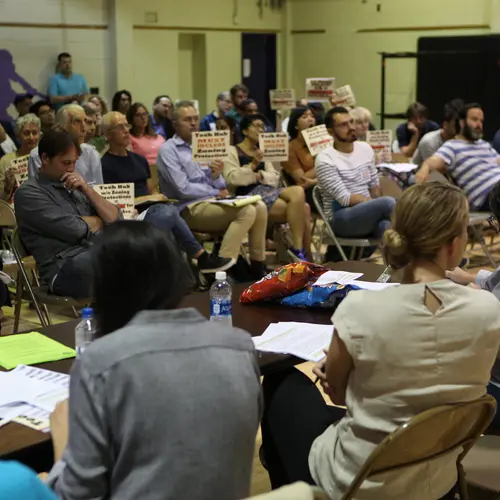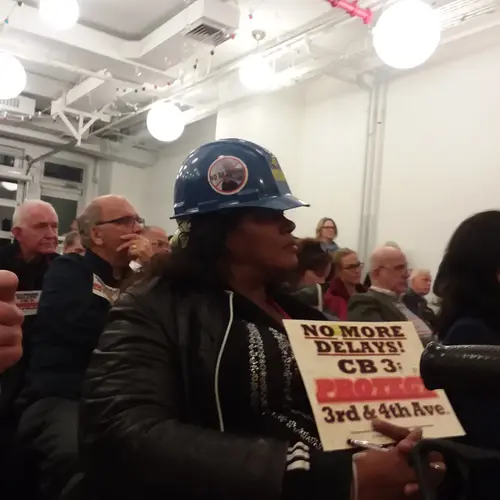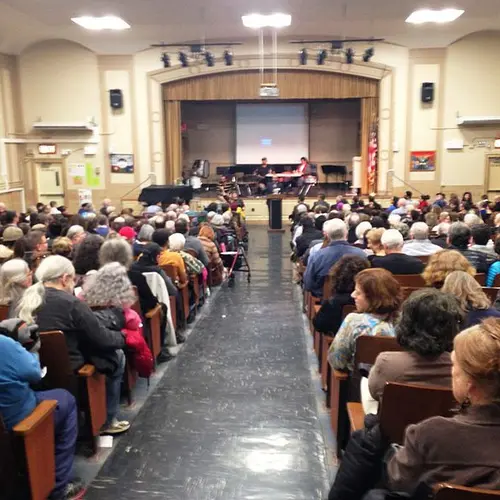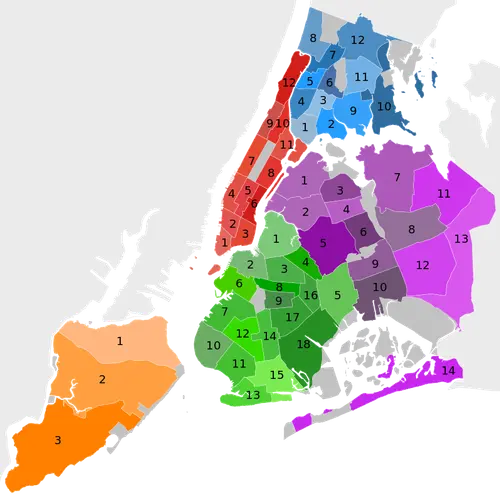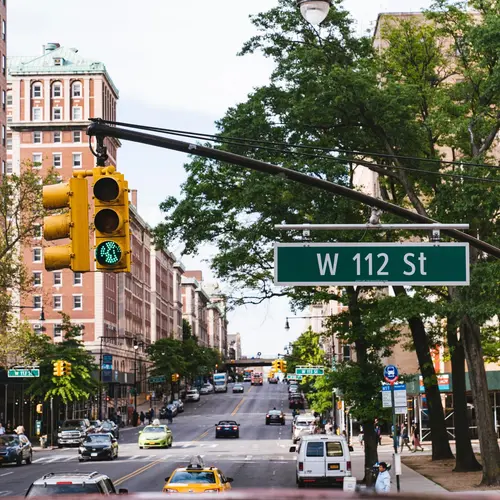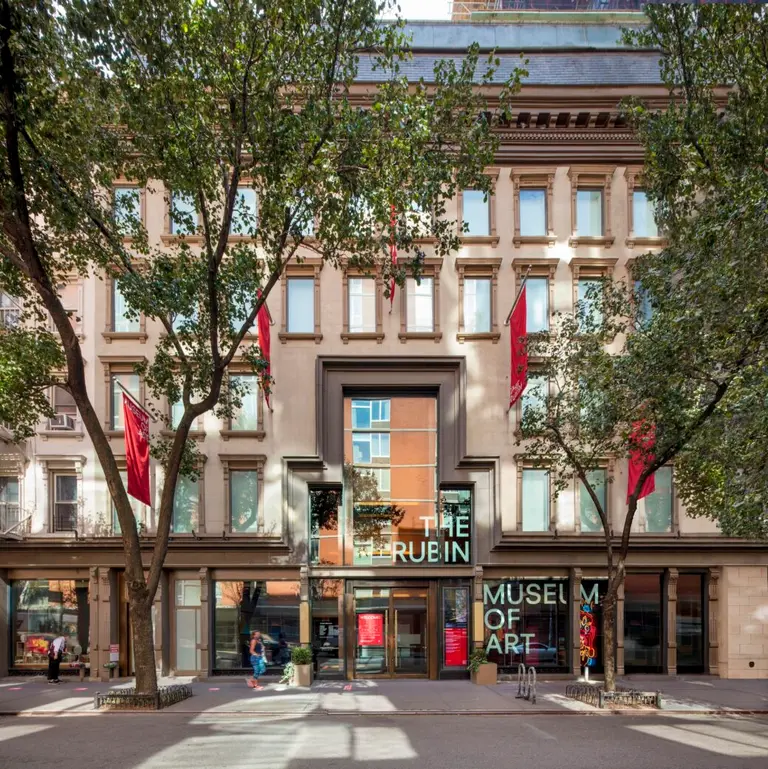A guide to joining your local New York City community board
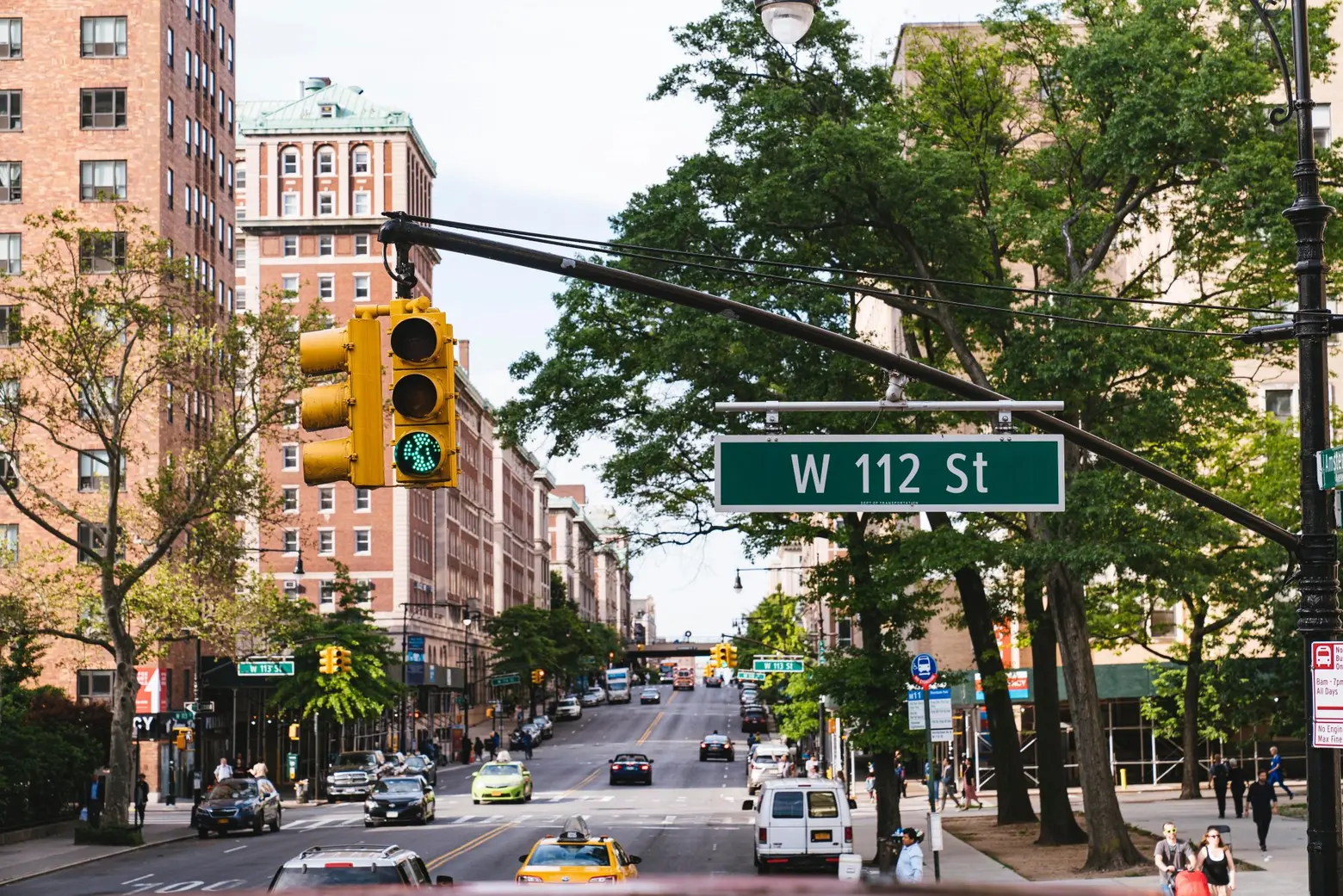
Photo by who?du!nelson on Unsplash
If you’re looking for a way to become more involved in your neighborhood and the decisions that shape New York City, the city’s community boards are a good place to start. New York City is comprised of 59 community districts across the five boroughs: 12 in Manhattan, 12 in the Bronx, 18 in Brooklyn, 14 in Queens, and 3 in Staten Island. Formed in 1977, community boards are the city’s most local form of representative government. Though they’re strictly advisory–they don’t have official authority to make or enforce laws–community boards weigh in on vital issues from zoning and landmarks to transportation and parks to education and neighborhood services. Below, we outline what these city government organizations actually do–and how you can join yours.
What is a community board?
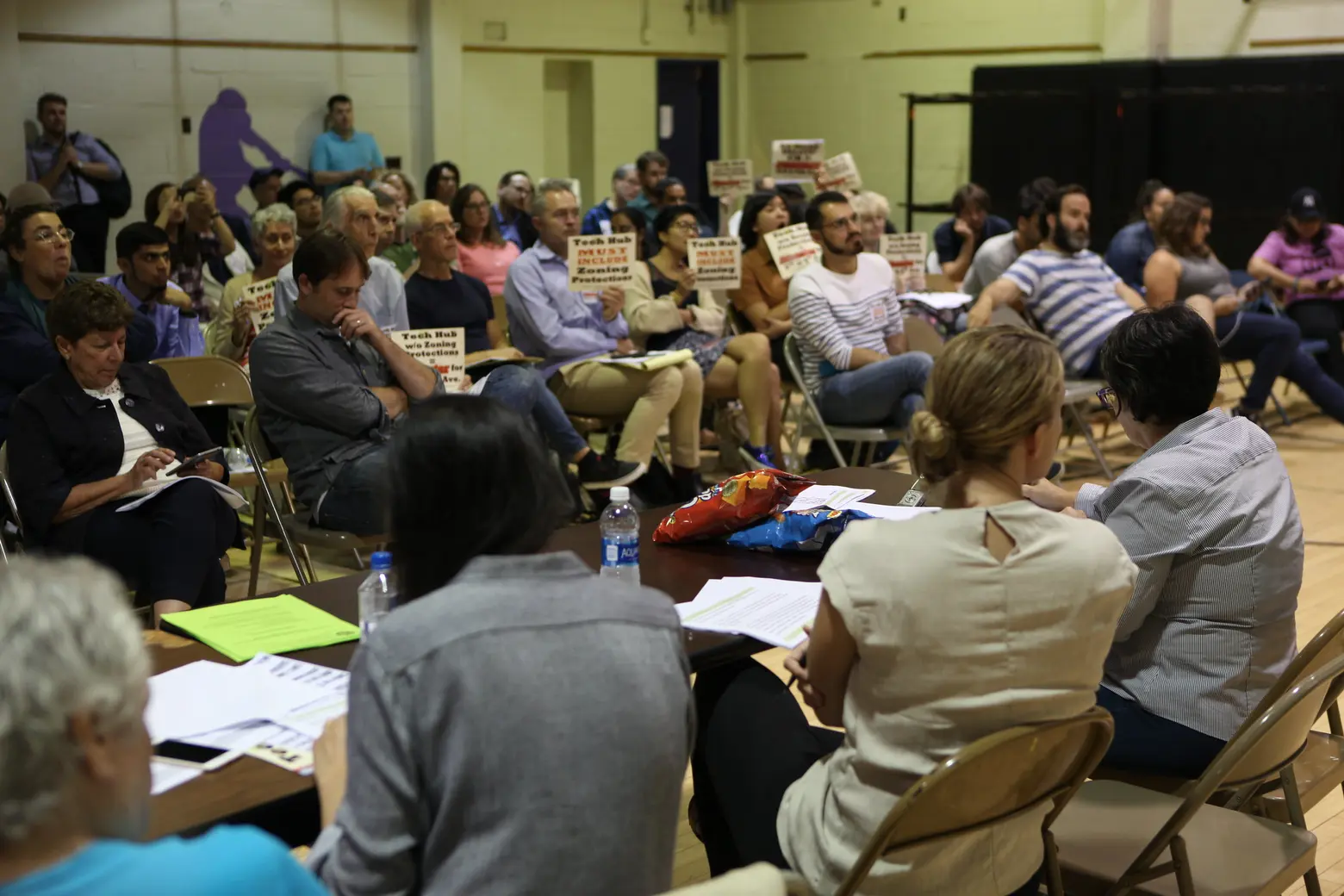 Photo by Greenwich Village Society for Historic Preservation via Flickr
Photo by Greenwich Village Society for Historic Preservation via Flickr
Each district’s community board consists of 50 unpaid members, organized in committees led by elected officers and supported by a small paid staff. Members are appointed by either the borough president or city council members. Each community board is led by a district manager who is a salaried city employee. The main responsibility of the district manager’s office is to receive complaints from community residents, but the office also processes permits for block parties and street fairs, organizes tenant associations, and coordinates neighborhood cleanup programs.
One example of community board involvement in topics that impact the city is the East Side Coastal Resiliency Project (ESCR), a reconstruction of the 64-acre, 1.5-mile East River Park to create a flood protection system conceived in the wake of Hurricane Sandy and budgeted at $760 million. Another frequent subject is the granting of liquor licenses, which affects the neighborhood’s status as an entertainment destination and its livability.
If a home or building is landmarked, or if the changes fall under zoning laws, any exterior changes proposed by the owner must be approved by a community board committee. The landmarks committee of a Manhattan community board recently dismissed the design for a proposed Harry Potter-themed store and exhibit in the Flatiron District as “inappropriate.”
Manhattan Borough President Gale Brewer’s website gives a good overview of the purpose served by the city’s community boards. According to Brewer, each community board has three distinct responsibilities:
- Monitoring the delivery of city services such as sanitation and street maintenance;
- Planning and reviewing land use applications including zoning changes; and
- Making recommendations for each year’s city budget.
All of the seats are filled for two-year terms. There is an eight-year term limit, but one can apply to rejoin after two years.
Thinking of joining?

Image: Map of community districts in the City of New York via Wikimedia Commons
If you’re thinking you’d like to get involved, the first thing you should do is find out which district you’re in to find your community board–you can input your address on this website to find out. Check the calendar to find out when the board regularly meets–monthly meetings are open to the public–and attend a few meetings of either the full board or one of its many subcommittees.
Being an active participant in community discussions will come in handy if you are planning to apply for membership later. Show that you’re plugged in and up to speed on local issues; read the city’s big newspapers as well as neighborhood blogs to stay informed. Consider what you feel strongly about, it could be land use and zoning regulations, economic development, parks and green space, landmarking, or nightlife. You can then sign up to speak at meetings as a member of the public; at every meeting, you’ll find a sign-in sheet where anyone can sign up to address the group for up to three minutes.
Non-board members are permitted to join or work on board committees as public members to allow for broader grassroots representation on committees and encourage citizen participation. This is often a good way to get started.
How to apply
If you’ve gotten familiar with the level of commitment required for community board membership, and you’d like to apply, here are a few more details. One-half of the appointees are chosen by the borough president and half from nominations by City Council members representing the community district. Board members must live, work, or have some other significant interest in the community. Three of the five boroughs (Manhattan, Brooklyn, and Queens) have deadlines for new members in early February 2020; board appointments are usually made each spring. The minimum age to become a board member is 16. Board members are unpaid, as previously mentioned, and serve two-year terms.
Application instructions can be found on each community board’s website. You can also see which committees are open to non-members. When applying for membership, consider the fact that community boards like to be as diverse as possible. Take a look at the demographic makeup (you can find that information for Manhattan community boards here, for Brooklyn, here) of the board you want to join; if you can add to its diversity balance, mention that. In addition to the fact that there are a limited number of available spots, board membership may be getting more competitive. According to the Wall Street Journal, the number of applicants to community board spots surged after the 2016 election.
In addition to filling out your general information, the applications require you to submit a resume (or a short bio) and complete a few short essay questions. For the current Manhattan application, questions include “Describe two (2) local community issues you believe your board should address in 2020” and “Which two (2) Committees, among the existing ones in the Community Board you’re applying to, best match your interests and experience?”
Even if you’ve realized you’re not ready–or just not into–the level of engagement expected from community board members, there are plenty of ways you can get involved in the development and growth of your community. Check out neighborhood, civic or block associations. These might involve a specific area in a community board or business district, or they may revolve around a particular issue.
RELATED:
